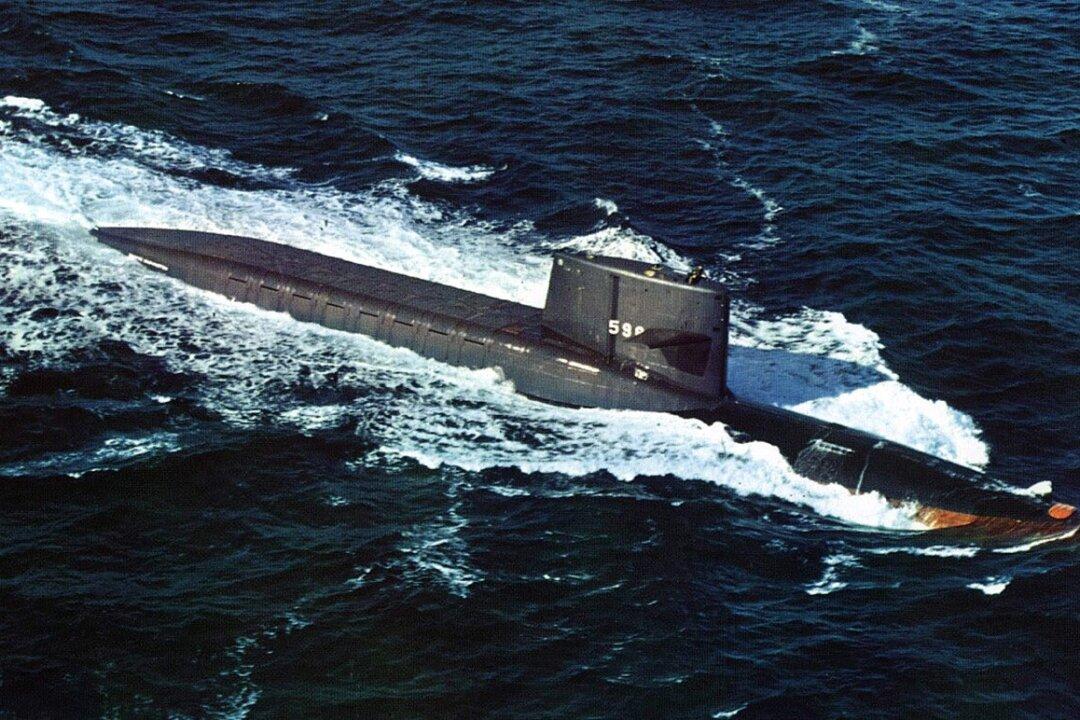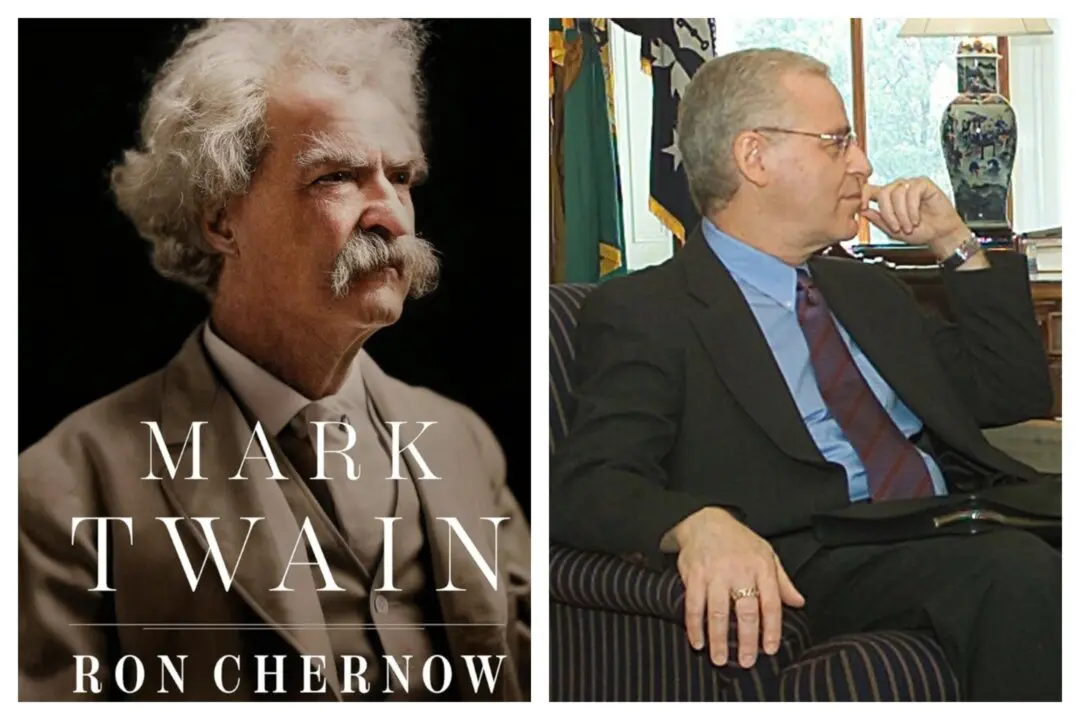The end of World War II launched the beginning of the nuclear age. Perhaps “launched” is the incorrect term, since the nuclear weapons used against Japan were actually dropped. Launching, however, was the next step in nuclear weapons development.
A new objective was to place nuclear warheads inside of missiles. America began work on missiles based on German V-1 rockets. The Germans had built approximately 30,000 V-1 rockets with more than 8,000 hitting targets in England and Belgium between June 1944 and March 1945. Copying the design of the V-1 rocket based on images and used, but nearly intact, rockets, Republic Aviation Corporation built the airframe (though the company subcontracted it out to Jeep producer Willys-Overland), while Ford Motor Company built the rocket engine. On Oct. 12, 1944, the JB-2 cruise missile (America’s replication of the V-1) was successfully tested at Eglin Field in Florida.






